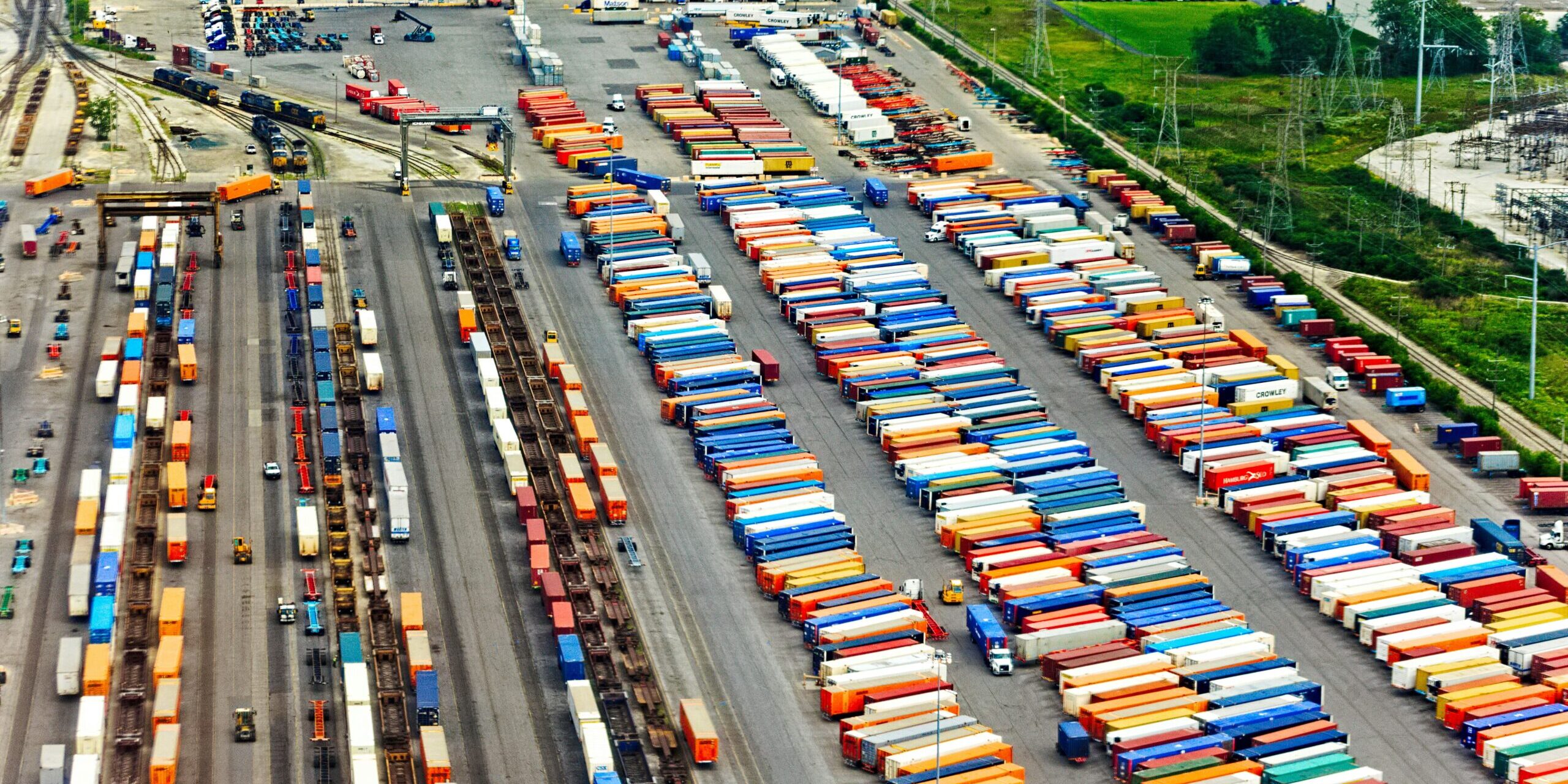Recent tensions in the Red Sea have sparked a global logistics crisis, causing shipping freight charges from various regions to surge dramatically. The conflict, particularly affecting trade routes to Western Europe and the United States, has led many shipping companies to reconsider their routes and seek alternative options.
The China-Europe freight railway has emerged as a significant solution amidst this turmoil. While sea lanes face disruptions due to various geopolitical and environmental factors, the stability of the trans-Eurasian railway transport has become increasingly evident. Unlike sea transport, which is vulnerable to attacks, droughts, and potential conflicts, the China-Europe freight train route offers reliability and security.
Recent reports indicate a significant increase in shipping fees via traditional routes such as the Suez Canal, prompting a reassessment of transportation options. The comparative advantage of sea freight is diminishing in light of these challenges, making the China-Europe freight trains a more attractive choice for many businesses.
With its extensive reach across 25 European countries and 219 cities, the China-Europe express trains have become a vital component of high-quality connectivity under the Belt and Road Initiative. This network not only provides a new land transport corridor but also fosters economic and trade cooperation across Eurasia, bolstering international logistics supply chains.
Amidst the current security situation, the advantages of the China-Europe freight trains underscore the relevance of initiatives like the Belt and Road Initiative. These efforts align with the trend of economic globalization, the need for global governance reform, and the interests of people worldwide.
#GlobalLogistics #SupplyChainStability #ChinaEuropeRailway #BeltandRoadInitiative #NewsUpdate







